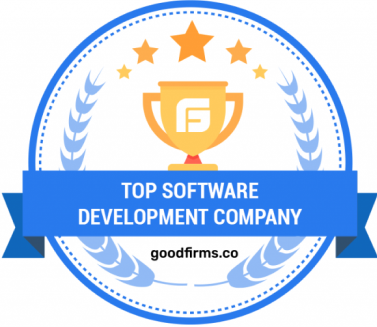Business Analyst
In collaboration with the client, the Business Analyst prepares use cases and project requirements. This involves identifying the project's primary goals, the target users, and how they will interact with the software, among other details.















